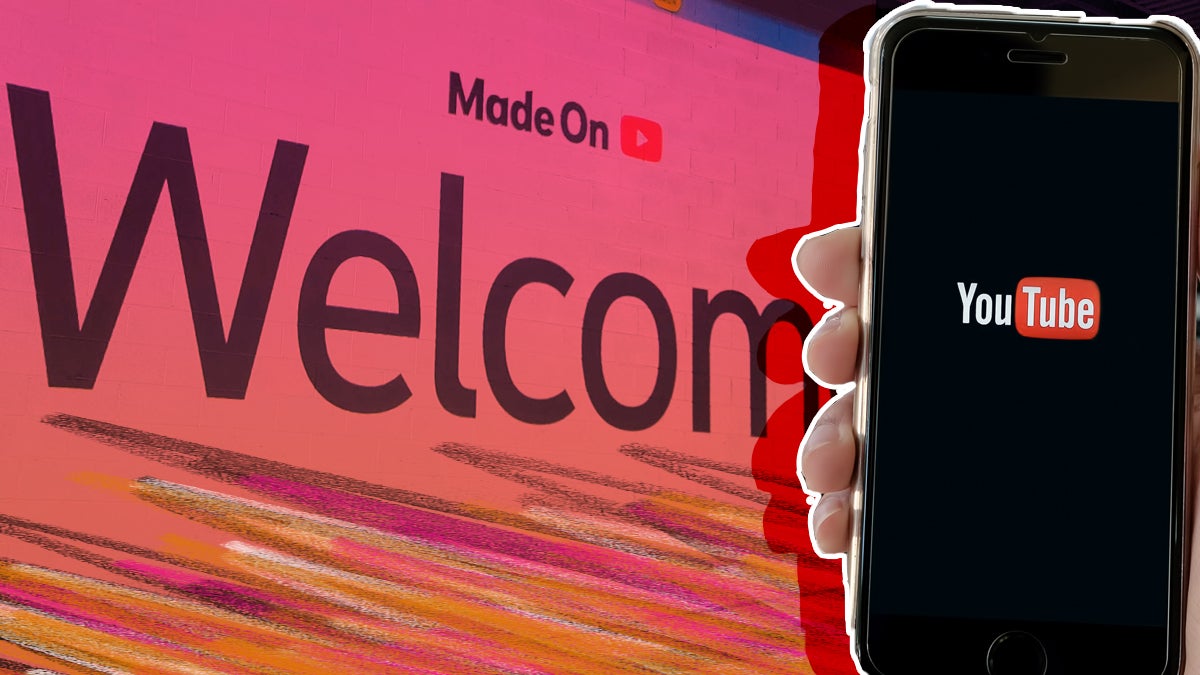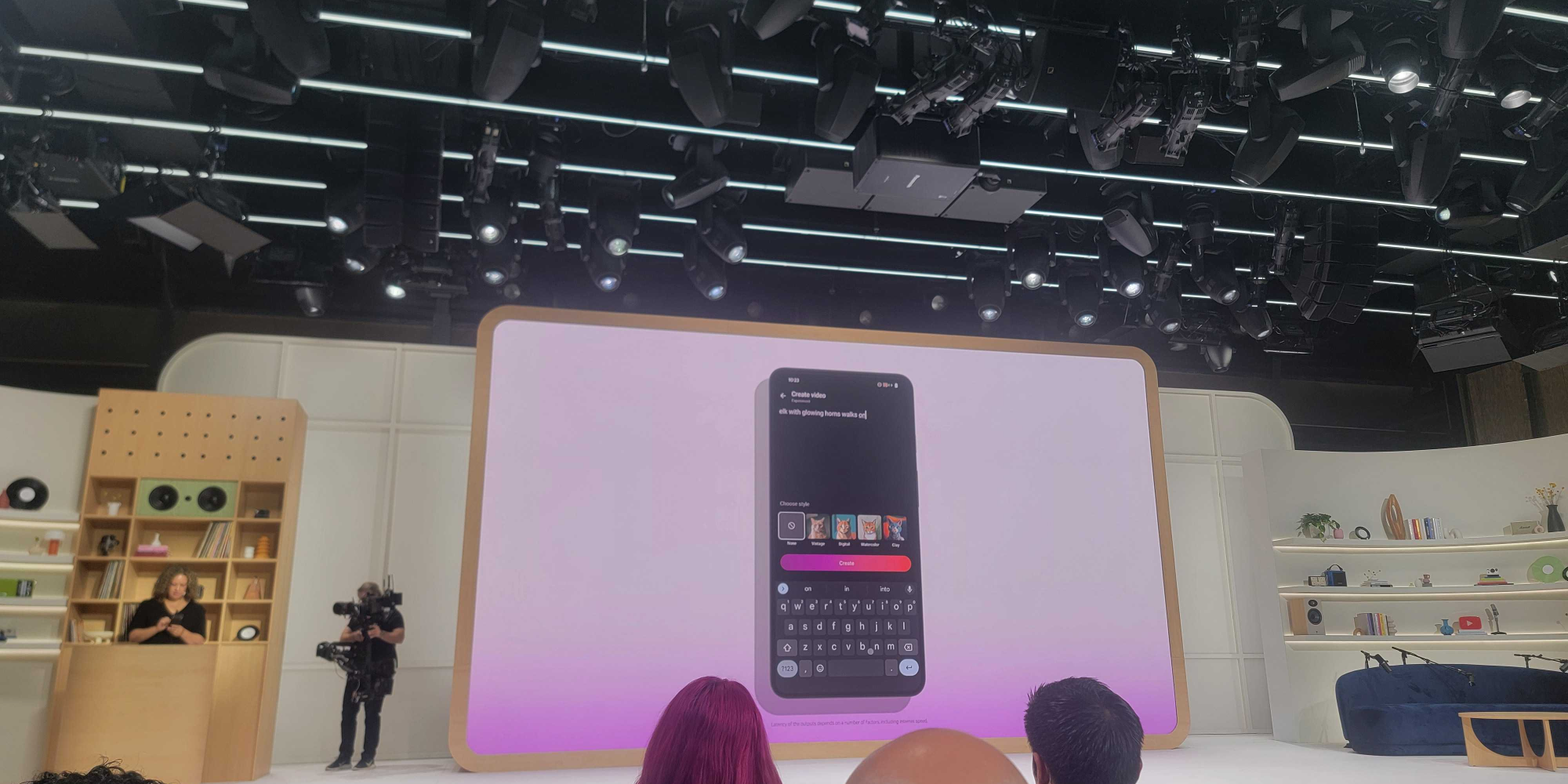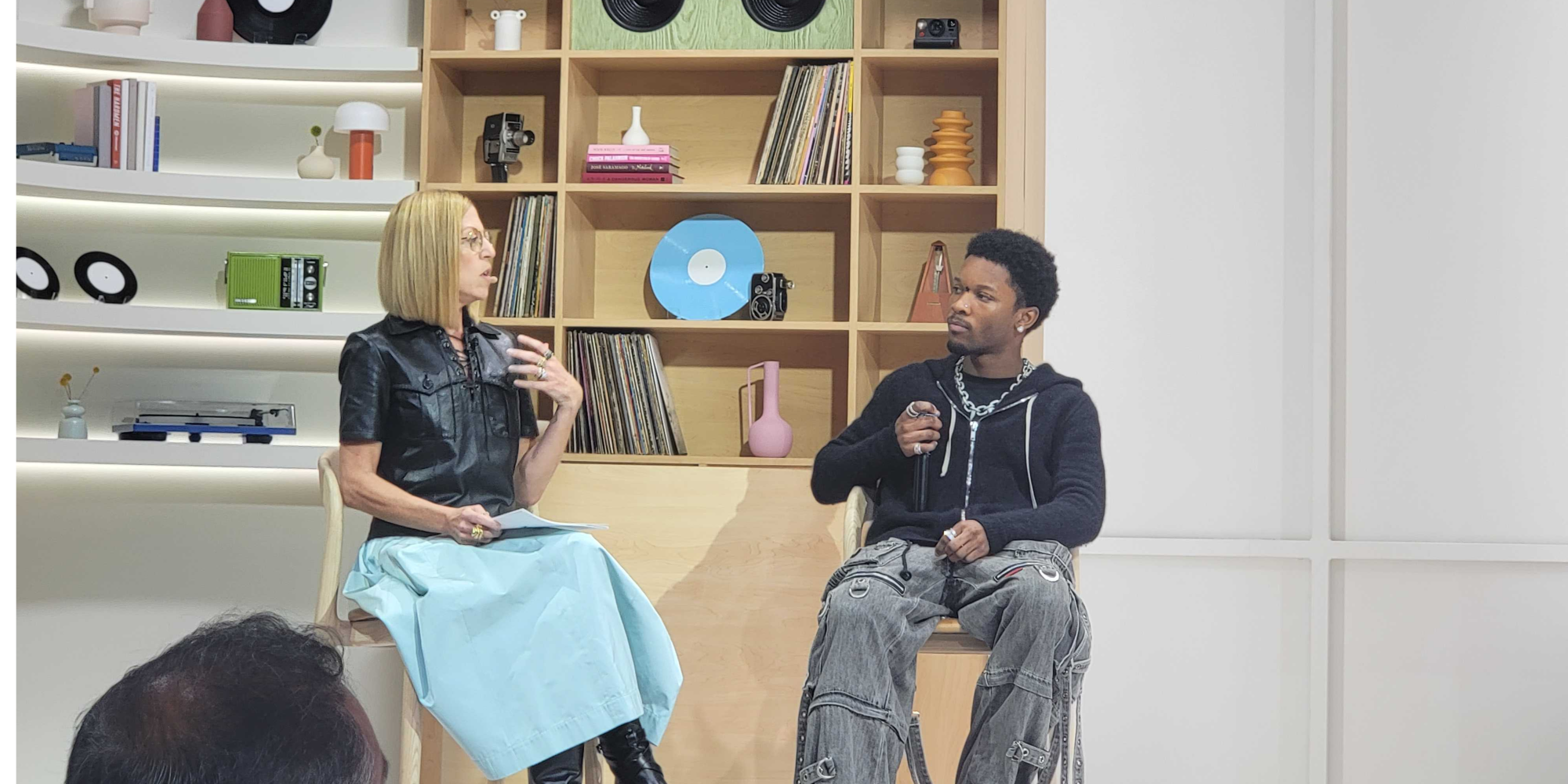
In 2023, I visited the Google Offices in downtown Manhattan to attend “Made On YouTube,” an event announcing new products and changes to the video hosting platform. The platform revealed Dream Screen, a new artificial intelligence tool that could be used to create video backgrounds. At the time, I worried that they were focusing a bit too much on AI, moving away from unique innovations to cater to what’s trendy.
After sitting through the 2024 Made On YouTube event, I can see that my fears were founded in reality. Dream Screen has now evolved past backgrounds and combined with Google DeepMind’s Veo, which allows users to generate full video based on text prompts.

Later in 2024, users will be able to generate six-second standalone video clips to use on YouTube Shorts. The material will be watermarked using SynthID, Google’s AI-generated content tag, with a label clearly showing it is made of AI.
During the event, YouTube showed off what Veo could do, revealing a movie of a dog and a sheep becoming best friends made by a creator.
Musician D4vd showed off a music video he had made using the AI program of a couple growing old together. The stale and lifeless imagery played behind the musician while he belted out a beautiful ballad on cherished moments.

According to YouTube CEO Neal Mohan at the event, YouTube’s AI integrations are designed to make the bar of entry lower so that anyone can bring their vision to reality. It’s also designed to make the busy work of running a YouTube channel easier.
Next year, a new shortcut will appear in the YouTube Studio that directs creators to the Inspiration Tab. There, creators can use AI to brainstorm ideas for video ideas, titles, thumbnails, and outlines.
There were non-AI-related announcements at this event, though they got less screen time and seemed like derivatives of features on other platforms. Currently testing on some channels and available sitewide in early 2025, fans can post on creators’ Community tabs like a subreddit or Discord server.
Gifts, digital items that can be purchased with real-world currency, will allow viewers a chance to give streamers goods and engage with their stream (kind of like TikTok Gifts). Viewers who watch YouTube on TV will also soon be able to view a channel’s backlog in dropdown menus and scan QR codes for links (exactly like cable television).
YouTube has dominated the video hosting space for so long that it no longer knows how to innovate. It’s given out $70 billion in three years to creators, according to Thomas Kim, the Director of Product Management, who spoke at the Made On YouTube event.
The platform has had little competition since it’s still the best-paying and easy-to-upload service. But if YouTube can’t experiment and come up with new ways to give creators value, there’s always a chance for another competitor to rise to the challenge.




